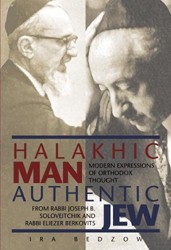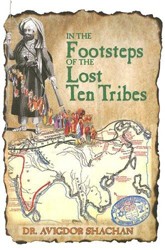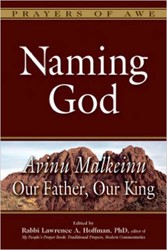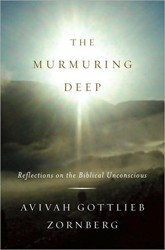Everyone loves a detective story, especially, it seems, scholars of rabbinic literature. The piecing together of the Mekhilta de-Rabbi Shimon Bar Yohai is just such a tale. It was in 1870 that scholars first posited the existence of a text that had virtually disappeared from rabbinic memory in the medieval era. Slowly, and working in succession, a text was finally produced in 1955 which has satisfied most as accurate. And with David Nelson’s translation into English, that text is now available to a broad public.
This Mekhilta, like its better known counterpart, The Mekhilta of Rabbi Yishmael, is a halachic midrash on the Book of Exodus. Though not widely considered to be the unified work of its named author, it is certainly one of the oldest midrashic compilations, dating from the Tannaitic period, the century and a half following the destruction of the Second Temple. It represents some of the earliest attempts by the rabbis to draw the outlines of Oral Law from the written text of the Torah, and thus to save their fast vanishing world.
Nelson’s translation is written primarily for scholars and seeks clarity and precision over smoothness; it is presented in facing pages to the Aramaic original. Minimal annotations are given. This is an important and useful work, but clearly intended only for the serious student. Criticial introduction, indicies.





